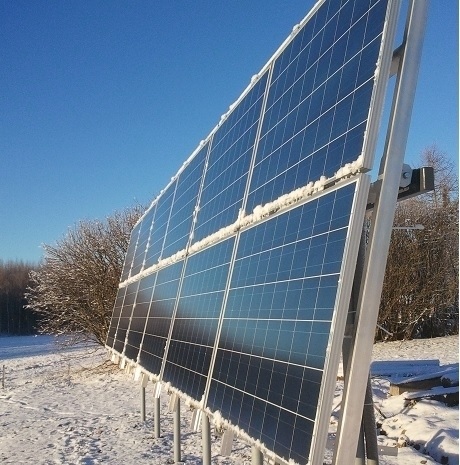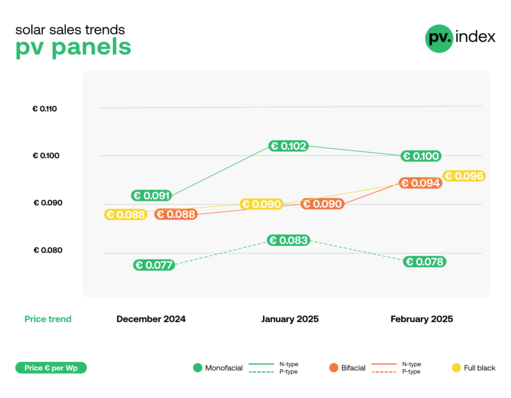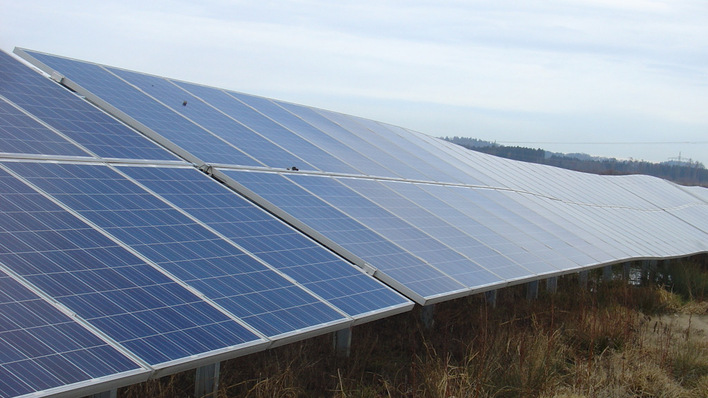The heatwave of summer 2018 saw solar energy records soar across Europe - the Netherlands experienced a 75% year-on-year increase in solar energy output, and in May, Denmark registered 361 hours of sunshine, an increase of 33% more than the previous year. Meanwhile 533 gigawatt-hours of solar energy were produced in the United Kingdom between 21-28 June, meaning it temporarily took over from gas as the country’s primary source of energy.
Almost 30% growth already this year
As a result of the increased temperatures that swept across the continent, Europe’s solar energy market grew by 28.4%, energy experts expect that further solar energy production records will be broken in winter 2019.
Whilst global warming and changing weather phenomena are the driving forces behind these increased temperatures, climate experts also predict that global warming will lead to harsher winter conditions such as the cold snap that affected much of Europe in February 2018. This was caused by the weakening of the polar vortex, which is broken up as a result of climate change. As a consequence, a mass of cold air was funnelled south across Europe and North America, which caused the harsh colder weather conditions experienced across Europe in February.
Harsh winter with new solar production records
Whilst the World Meterological Organization expects this trend to continue into 2019, solar energy experts believe that yet another harsh winter will lead to new solar power production records being set on the continent.
“Contrary to popular belief, solar panels are still effective during winter months,” said Deividas Varabauskas, CEO of Sun Investment Group. “Solar energy users need to remember that solar panels are powered by sunlight and not heat. Although is too early to mention in percentage terms how much we expect the previous winter records for solar energy to be beaten by, we believe that based on the climate changes that contributed to this summer’s heatwave, new records will be set for solar energy output in the coming months and into 2019.”
Opportunity to switch to more solar
Varabauskas highlighted the negative effects of global warming and the unpredictable weather conditions that might change the face of Europe in coming years. However, he added that the more solar energy is adopted by European homes and businesses in the face of the changing climate, then the quicker the European Union will be able to meet its 15% target of renewable energy by 2020.
“Climate change will undoubtedly change European weather patterns in the short to mid-term,” Varabauskas continued. However, we believe that it will give Europe the opportunity to switch to solar energy and reduce certain EU member states’ dependence on harmful fossil fuels. This will move the EU closer to its 2020 target of 15% renewable energy.”
The news about climate change is unwelcome anywhere around the globe. Yet the change in weather conditions will give skeptical users and businesses the opportunity to see the benefits that switching to solar brings. (HCN)
Get your free solar irradition data
Stay informed, don`t miss our free newsletter twice a week. Register here
More useful information:
https://www.pveurope.eu/News/Installation/Solar-power-for-the-home-of-Santa-Claus-in-Greenland







